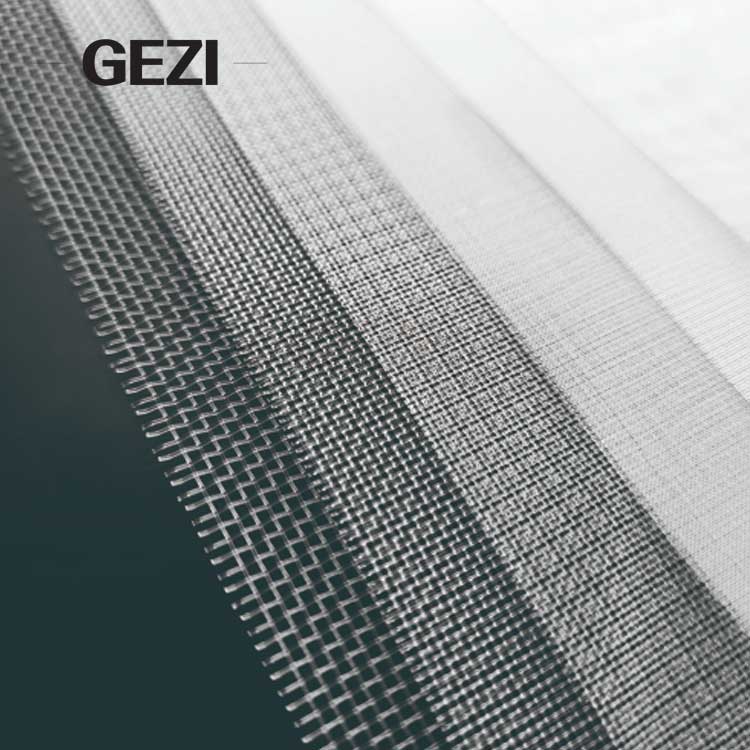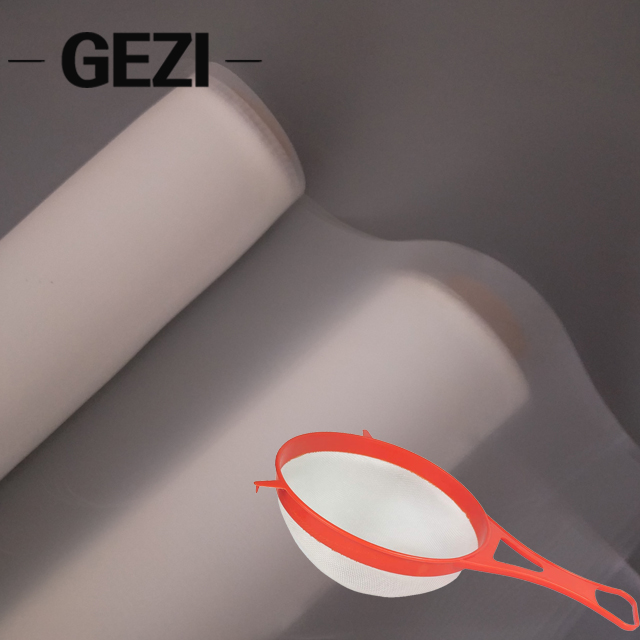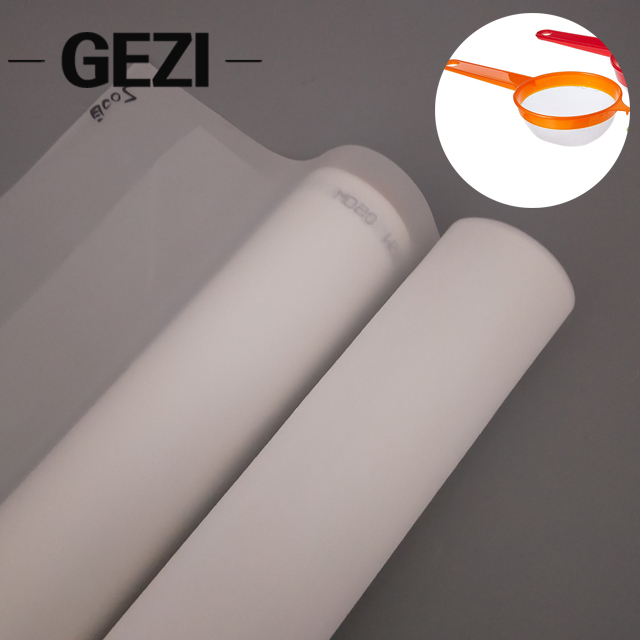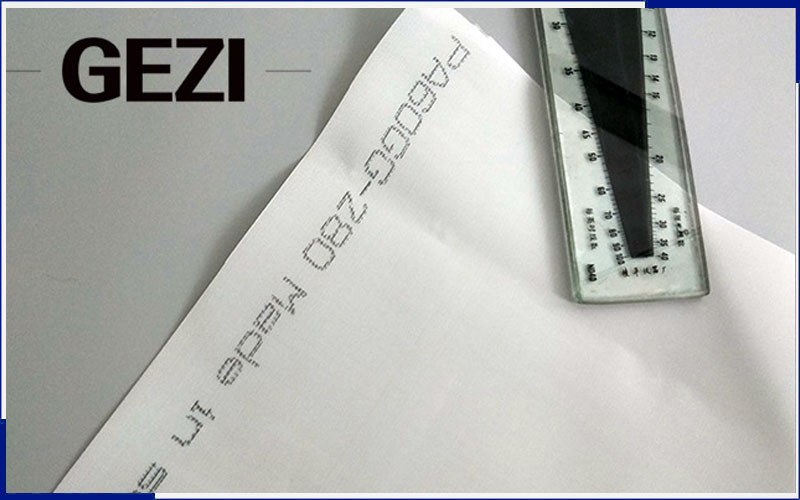The Science Behind Nylon Flour Mesh How Mesh Size Impacts Culinary Results
Understanding Nylon Flour Mesh
Nylon flour mesh, commonly known as a sieve or strainer, is a kitchen tool used to separate and refine dry ingredients such as flour, powdered sugar, and cocoa. The mesh is typically made of fine nylon threads woven together, forming a screen that allows particles of a specific size to pass through while blocking larger particles. Mesh sizes are indicated by a numerical value that corresponds to the number of holes per linear inch. For instance, a mesh size of 80 indicates that there are 80 holes in one linear inch of the mesh.
The Science of Particle Size Distribution
The science behind flour sieve mesh hinges on the principle of particle size distribution. In culinary applications, this refers to the range of particle sizes present in dry ingredients. Achieving the desired particle size distribution is essential for various reasons:
Texture: Different culinary creations, from cakes to pastries, rely on the desired texture. Meshes with smaller openings yield finer particles, leading to smoother textures in products like pastries and mousses. On the other hand, coarser meshes result in coarser textures, suitable for rustic bread or streusel toppings.
Uniformity: Consistency is key in baking and cooking. Sifting dry ingredients through a nylon mesh helps break up clumps and distribute components uniformly. This is especially crucial for achieving even hydration in doughs and batters, promoting uniform rise and crumb structure.
Aeration: The process of sifting introduces air into dry ingredients, contributing to the overall fluffiness of the final product. Airy ingredients, such as sifted flour, facilitate even mixing and provide a light and delicate texture to baked goods.
Gluten Development: In recipes involving flour, the gluten content and its development play a pivotal role. Sifting flour can aid in separating the protein particles, thus preventing the formation of dense gluten networks and resulting in tender products.

Volume Measurement: Sifting ingredients like flour before measuring can lead to accurate volume measurements. Unsifted flour can become compacted during storage, leading to inaccurate measurements and, subsequently, altered recipe outcomes.
Mesh Size Matters
The mesh size of a nylon mesh sieve significantly impacts culinary outcomes. Different recipes call for specific mesh sizes based on the intended result:
Fine Mesh (80-100): Finer meshes are ideal for creating delicate and smooth textures. They are commonly used for sifting flour for cakes, pastries, and sauces, where a refined texture is desired.
Medium Mesh (40-60): Medium-sized meshes strike a balance between texture and particle distribution. They are suitable for applications like dusting powdered sugar over desserts or sifting dry ingredients for pancakes.
Coarse Mesh (20-30): Coarser meshes are favored when a more rustic texture is intended. They are useful for sifting larger particles like cocoa powder or creating streusel toppings for baked goods.
Conclusion
The flour sieveing mesh, seemingly a simple tool, is grounded in scientific principles that significantly influence the culinary world. By understanding the science behind particle size distribution and mesh sizes, chefs and home cooks alike can harness the power of this tool to achieve the desired textures, flavors, and qualities in their culinary creations. Whether aiming for a velvety cake, a light and airy pastry, or a rustic bread, the nylon flour mesh proves to be an indispensable ally in the pursuit of culinary perfection.








